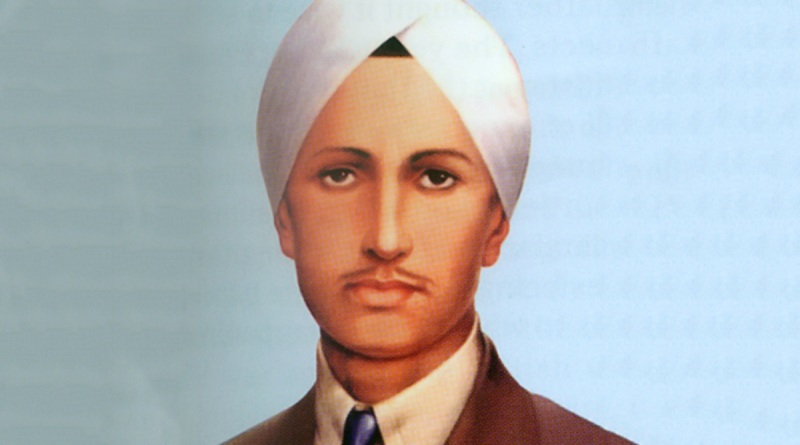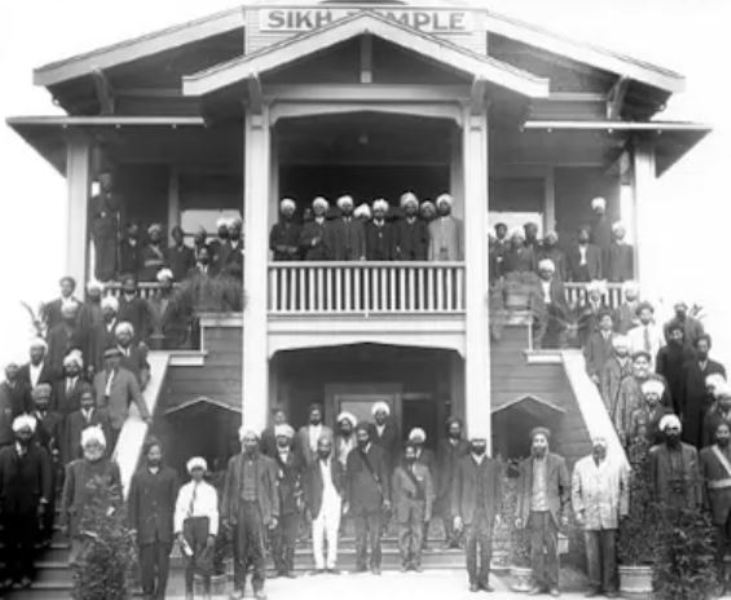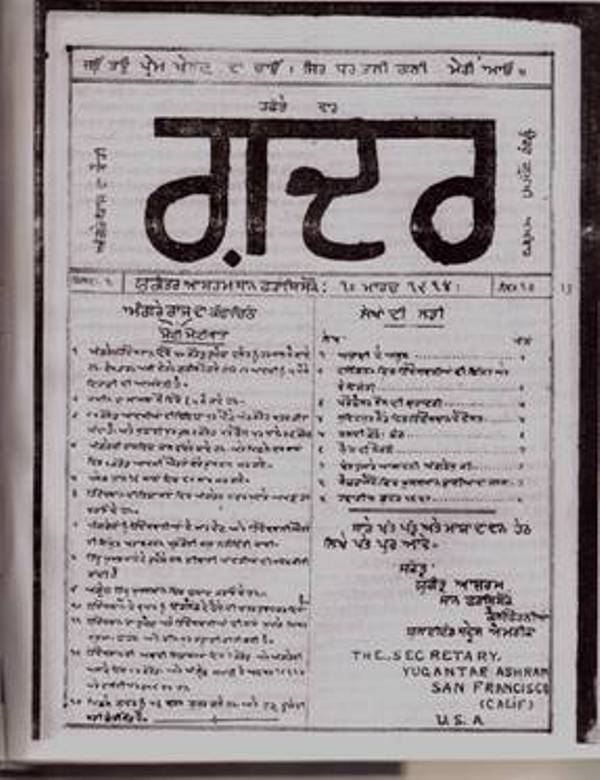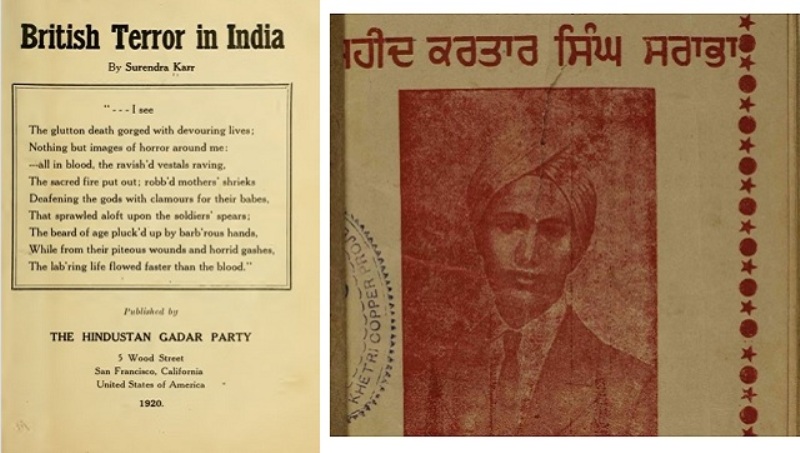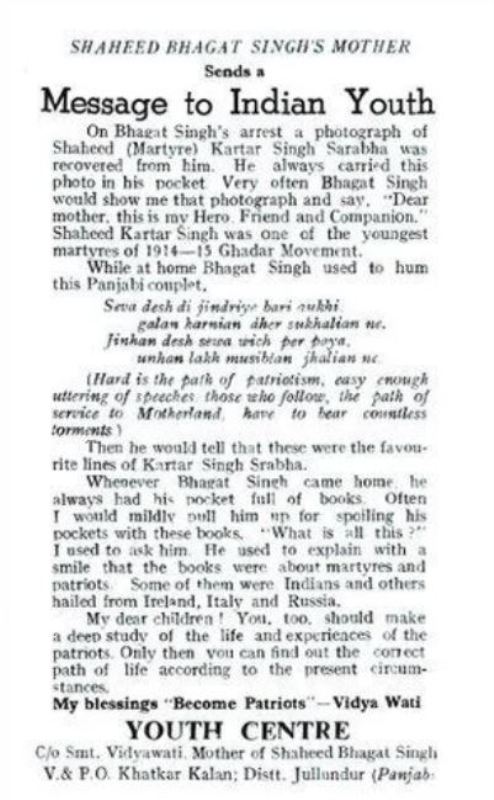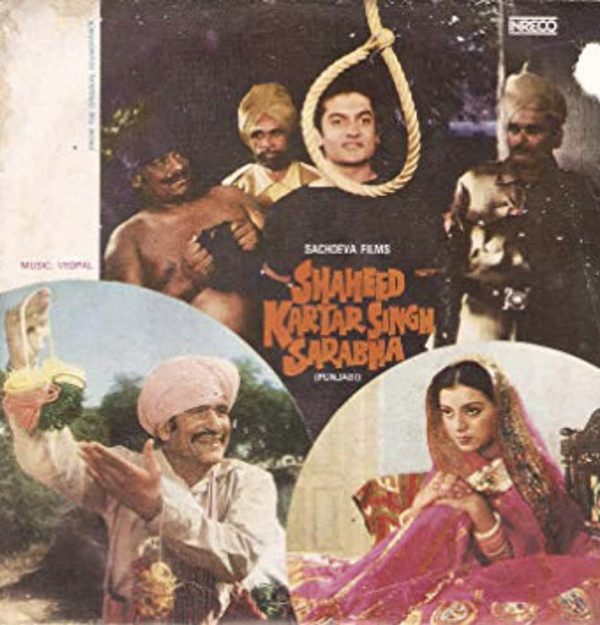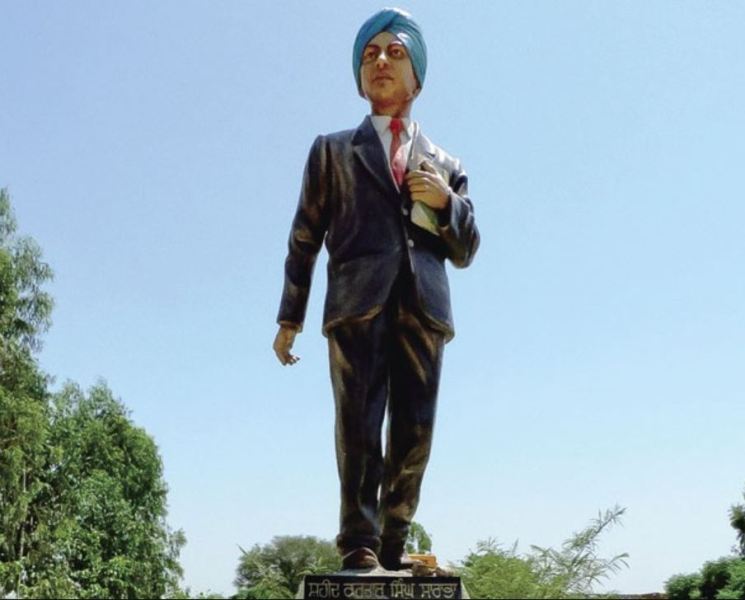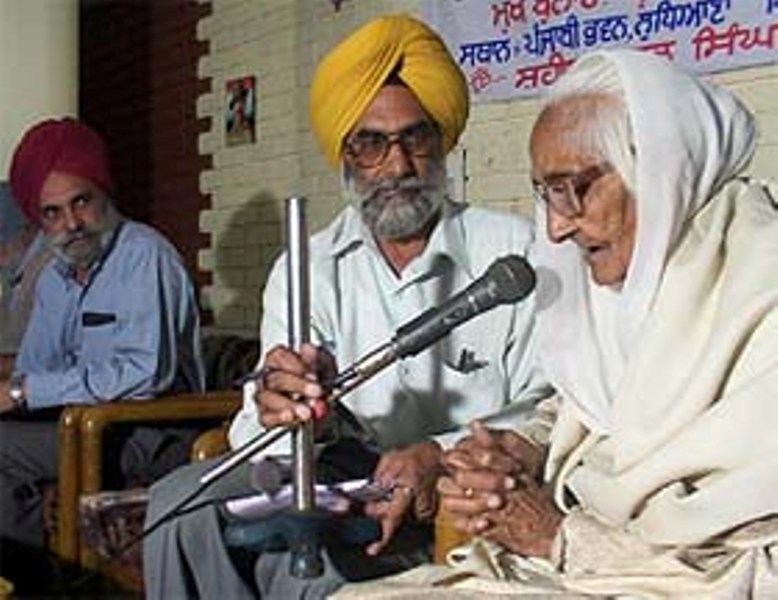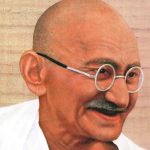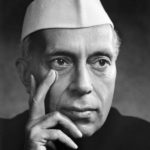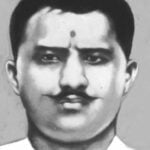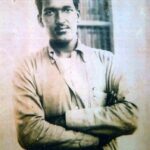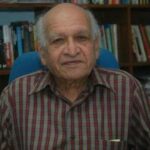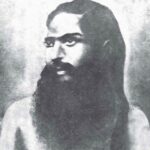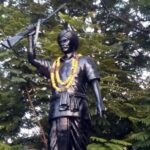Kartar Singh Sarabha Age, Death, Family, Biography & More
| Bio/Wiki | |
|---|---|
| Profession | Freedom Fighter |
| Known for | Being the most active member of Ghadar Party which was co-founded by Lala Har Dayal on 15 July 1913 |
| Physical Stats & More | |
| Eye Colour | Black |
| Hair Colour | Black |
| Personal Life | |
| Date of Birth | 24 May 1896 (Sunday) |
| Birthplace | Sarabha, Punjab Province, British India (present-day Punjab, India) |
| Date of Death | 16 November 1915 |
| Place of Death | Lahore, Lahore Central Jail, Punjab Province, British India (present-day Punjab, Pakistan) |
| Age (at the time of death) | 19 Years |
| Death Cause | Execution by Britishers [1]National Book Trust of India |
| Zodiac sign | Gemini |
| Nationality | British Indian |
| Hometown | Sarabha, Punjab Province, British India |
| School | • Malwa Khalsa high school in Ludhiana • Ravenshaw College in Cuttack, Odisha |
| Educational Qualification(s) | • Middle standard at Malwa Khalsa high school in Ludhiana, Punjab • Matriculation at Ravenshaw College in Cuttack, Odisha [2]First Post |
| Religion/Caste | Jat Sikh [3]PIB Government |
| Relationships & More | |
| Marital Status (at the time of death) | Unmarried |
| Family | |
| Wife/Spouse | N/A |
| Parents | Father- Mangal Singh Mother- Sahib Kaur |
| Siblings | Kartar Singh Sarabha was the only son of his parents. [4]PIB India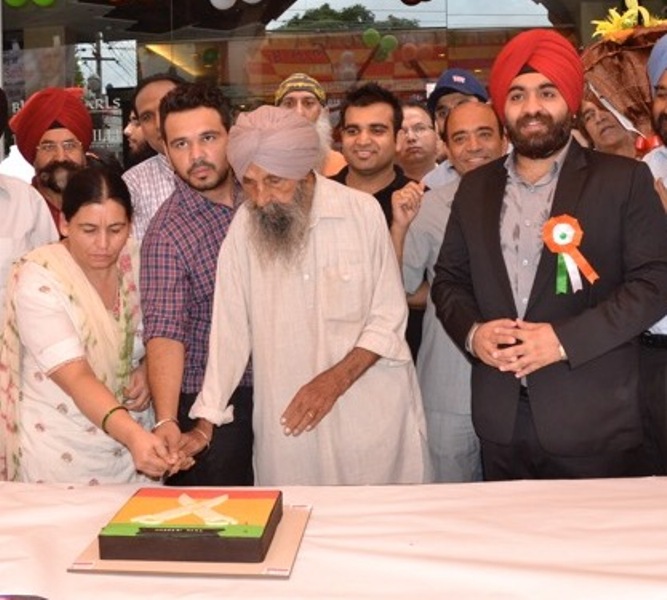 |
Some Lesser Known Facts About Kartar Singh Sarabha
- Kartar Singh Sarabha was an Indian Punjabi Sikh freedom fighter who became an active member of the Ghadar party at the age of nineteen. Soon after joining the Ghadar party, he became its influential member. He participated in the Indian independence movement and was one of the most active members of the Ghadar party movement.
- Kartar Singh Sarabha belonged to a Punjabi Sikh family. He was raised by his grandfather as his father died when Kartar Singh was very young. After completing his middle standard education, he went to his uncle’s place in Odisha where he stayed for more than a year. After a year, he returned to his grandfather at his native village Sarabha in Punjab province in British India. Soon, his family members decided to send him to the United States of America for higher studies.
- In July 1912, he moved to San Francisco by ship. In America, he was supposed to get admission to the University of Berkeley; however, the official records showed various records of his studies. Baba Jwala Singh, a renowned Indian freedom fighter, mentioned in one of his articles on Kartar Singh Sarabha that in December 1912, when Baba Jwala Singh went to Astoria in Oregon he found Kartar Singh Sarabha working in a mill factory. Reportedly, other references mention that he was enrolled in the University of Berkeley for further studies; however, there were no records of his name enrolled in the University were found by the college authorities.
- At Berkeley, Kartar Singh Sarabha associated himself with the Nalanda club of Indian students. The patriotic sentiments started flourishing in him when he experienced the ill-treatment done to Indian immigrants from India by the Britishers. These Indian were especially workers and manual labourers working in the United States of America.
- On 15 July 1913, the Ghadar Party was formed in America by the great Indian freedom fighters named Lala Har Dayal, Sohan Singh Bhakna, Baba Jawala Singh, Santokh Singh, and Sant Baba Wasakha Singh Dadehar to fight for the independence of India by provoking the Indians living in America and Canada against the British rule. The Sikhs living in America were inspired by the co-founder of the Ghadar Party Sohan Singh Bhakna, and he revolted against the British Raj in India when Kartar Singh Sarabha was an active member of the party.
- Sohan Singh Bhakna deeply inspired Kartar Singh Sarabha to rebel against the colonial rule in India, and Sohan Singh used to call Kartar Singh ‘Baba Gernal.’ Kartar Singh learnt to shoot guns and make detonating devices from the native Americans. He also learnt how to fly an aeroplane. As a member of the Ghadar Party, Kartar Singh Sarabha kept disseminating the words to the Indians living in America about the freedom of India from British rule. In 1914, there were several Indian immigrants in America who were working as labourers and soldiers for extending the British Empire across the world.
- The Ghadar Party (Revolution Party) was formed by the Punjabi Indians of California on 15 July 1913. The main aim of the Ghadar Party was to free India from colonial rule through an arms struggle.
- The Ghadar Party started printing its own newspaper titled ‘The Ghadar’ on 1 November 1913. It was published in Punjabi, Hindi, Urdu, Bengali, Gujarati and Pushto languages. Soon after the formation of the Ghadar Party in the middle of 1913, Kartar Singh Sarabha left his University work and joined the party co-founder Sohan Singh, who was a Sikh from the Bhakna village in Amritsar district, and Lala Har Dayal, who was working as the party secretary at that time, and he helped them in administering and operating the revolutionary newspaper. Kartar Singh Sarabha actively participated in printing the Gurmukhi edition of the newspaper and also wrote several articles and patriotic poetry for it. The editions of this newspaper were disseminated to the Indians living in all the countries across the world. The main purpose of the newspaper was to arouse patriotic sentiments among Indians against the forceful atrocities being done by the colonial British government.
- On 5 August 1914, the leaders of the Ghadar party got an opportunity to publish an article titled “Decision of Declaration of War” when the Britishers got involved in the efforts of World War I in 1914. This issue contained the provoking message against the Britishers, and thousands of copies of this article were disseminated among the army cantonments, villages, and towns. Soon after the declaration of World War I, in October 1914, Kartar Singh Sarabha, along with a large number of Ghadar Party members, moved to Calcutta via Colombo. Satyen Sen and Vishnu Ganesh Pingle who were the leaders of the Ghadar party also accompanied him. Kartar Singh met Rash Behari Bose at Banaras with the introduction confirmation from the Jugantar leader Jatin Mukherjee, and Kartar Singh informed him that more than 20,000 Ghadar members were arriving in India very soon.
- Consequently, the British government arrested a large number of revolutionaries of the Ghadar Party on the seaports. Those revolutionaries who escaped the police arrest and the others who were living in Punjab arranged a meeting of the Ghadar Party at Ladhouwal near Ludhiana. In the meeting, it was decided to rob the rich houses to finance the arms and ammunition for the party members. Soon, they started such robberies. The British police blasted bombs on several raids of the revolutionaries. In one such bomb blast, two Ghadar Party members named Waryam Singh and Bhai Ram Rakha were killed. [5]First Post
- On 25 January 1915, Rash Behari Bose, a renowned Indian freedom fighter arrived at Amritsar, and he held a meeting on 12 February 1915, and in the meeting, it was decided that the revolt against the Britishers should be initiated on 21 February 1915. It was also planned in the meeting that the cantonments of Mian Mir and Ferozepur were to be captured, and in Ambala and Delhi, a rebellion was to be formed.
- A police informer in the Ghadar Party, Kirpal Singh, informed about the revolt plan to the British police, and consequently, on 19 February, a large number of revolutionaries of the Ghadar Party were arrested. This led to the failure of the revolt and the arms from the native soldiers were seized by the British government. [6]Sikh Nationals The revolutionary members of the Ghadar Party who escaped the police arrest were ordered by the leaders to leave India after the failure of the revolt. Kartar Singh, along with other party members including Harnam Singh Tundilat, Jagat Singh, were ordered to go to Afghanistan. However, Kartar Singh Sarabha returned to India with two of his friends on 2 March 1915 as his conscience did not allow him to leave his comrades alone. Soon after his return, he went to Chak No. 5 in Sargodha and started propagating the revolt. The British Indian Army soldier named Risaldar Ganda Singh arrested Kartar Singh Sarabha, Harnam Singh Tundilat, and Jagat Singh from Chak No. 5, district Lyallpur. [7]Internet Archive
- Soon after the arrest, during the court trials, Kartar Singh Sarabha and his companions refused to accept the term conspiracy. They stated in the court that it was not a conspiracy but an open challenge to the Britishers who killed the Indian patriots, who sacrificed everything for the independence of their motherland. Kartar Singh Sarabha mentioned in the court that he was not sorry for the deeds he had done against the British Raj in India, but he felt proud in throwing the challenge on the face of the usurpers. He was upset about the failure of the revolt that was initiated by him. Kartar Singh Sarabha further claimed that every slave had the right to revolt against the ruler, and it could not be a crime to act in the defence of one’s own rights in one’s own country. Kartar Singh Sarabha took the whole blame of sedition charges upon him. The judge in the court was surprised to see the courage of such a young Indian revolutionary who was not really interested in the Britishers. The judge advised Kartar Singh Sarabha to change his statement as he was very young to be punished, but Kartar did not modify his statement. Kartar was also asked to appeal again in the court, but he stated,
When asked to appeal he retorted, Why should I? If I had more lives than one, it would have been a great honour to me to sacrifice each of them for my country.”
- Kartar Singh Sarabha was put in custody at Lahore Central jail where he made attempts to escape the prison with the help of some instruments by cutting the window iron bars. However, the jail authorities recognised the designs on the window, and soon, they seized the instruments under the pitcher in his room that he got from the other revolutionary freedom fighters in the jail and aborted his plan to escape. On 17 November 1915, all the accused from the Ghadar party including Kartar Singh Sarabha was executed by the British government in the conspiracy case for the freedom of India against colonial rule. He was hardly nineteen years old when he was hanged.
- During the time of his detention in Lahore Central jail, he gained 14 pounds of fresh weight that pointed to his courage and patriotism.
- The great Indian revolutionary freedom fighter Bhagat Singh was his follower. When Bhagat Singh was arrested by the British police for his involvement in the anti-British activities, they recovered a photograph of Kartar Singh Sarabha from his pocket. Bhagat Singh’s mother stated in a conversation with a media house that Bhagat Singh used to tell her that Kartar Singh Sarabha was his hero. [8]National Book Trust of India She said,
On Bhagat Singh’s arrest, a photo of Sarabha was recovered from him. He always carried this photo in his pocket. Very often, Bhagat Singh would show me that photograph and say, ‘Dear mother, this is my hero, friend and companion.’
- In 1977, an Indian Punjabi-language movie titled ‘Shaheed Kartar Singh Sarabha’ was released which was a biography of the revolutionary Kartar Singh Sarabha.
- In March 1926, Naujawan Bharat Sabha was founded by Bhagat Singh, Bhagwati Charan Vohra, and others. In one incident, once a sabha was organised to pay homage to Sarabha, Durga Devi and Sushila Devi underlined the portrait of Sarabha, which was made on a milky white cover, with their blood to show Sarabha’s commitment to the national cause. [9]First Post
- A statue of Kartar Singh Sarabha was installed in Ludhiana, Punjab to honour the deeds and sacrifices he done for the independence of India.
- When Kartar Singh Sarabha was detained by the Britishers at Lahore jail, his grandfather went to meet him in the jail. There, his grandfather asked him,
We are not even sure that the country will benefit from your death. Why are you wasting your life?”
Kartar Singh then replied to him that left the old man speechless. Kartar answered,
So, would you want your grandson to die of an ailment instead? Is this death not a thousand times better than that?”
- The judge of Kartar Singh Sarabha’s case considered Kartar,
the most dangerous of all rebels”
- The judge observed that Kartar Singh was very proud of the deeds that he had done against the Britishers, and that was why the judge stated in the court that Kartar did not deserve any mercy and must be hanged till death.
- A novel titled “Ikk Miyan Do Talwaran” was written by a Punjabi novelist named Nanak Singh which was based on the sacrifices and attempts that Kartar Singh Sarabha made during the Indian independence movements.
- The lyrics of the patriotic song composed by Kartar Singh Sarabha during his detention period is,
Sewa desh di jinddhiye badhi aukhi
gallan karnia dher sukhalliyan ne,
jinha desh sewa ‘ch pair paya
ohna lakh museebtan jhalliyan ne.”
- Later, Kartar Singh Sarabha’s cousin, Bibi Jagdish Kaur was honoured with the title of ‘‘Punjab Mata’’ by the then Akali government in Punjab.
References/Sources:

